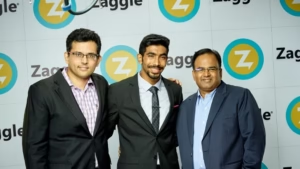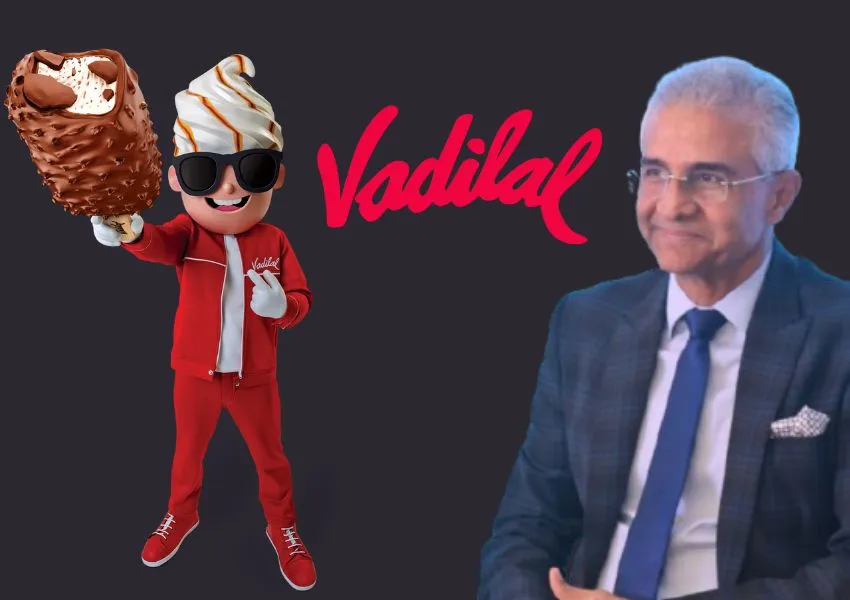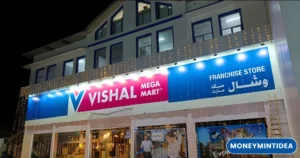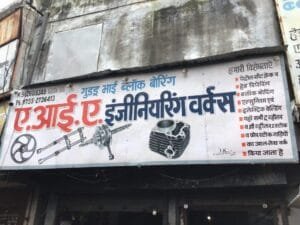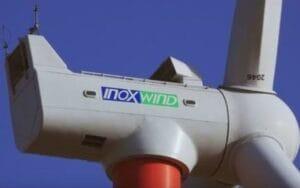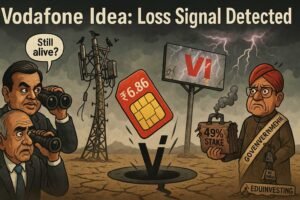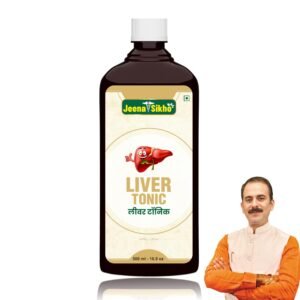1. At a Glance
Vadilal Enterprises (VEL) is the distribution and marketing muscle behind the Vadilal brand — the name that’s been freezing your tongue since before India had smartphones. They don’t make the ice cream (that’s Vadilal Industries’ job); they sell it, ship it, store it, and make sure every corner store from Surat to Shillong has a freezer stocked with Cassatta and bad life decisions. But the Q1 FY26 numbers? Profits melted faster than a Choco Bar in Chennai summer —down 30.6% YoY.
2. Introduction
If Vadilal Industries is the chef, Vadilal Enterprises is the waiter who brings your sundae — but also decides where the table will be, how big your spoon is, and whether you’re getting sprinkles. Incorporated in 1985, it’s been a consistent brand builder. The company controls marketing, distribution, pricing decisions, and owns an army of deep freezers and “freezers on wheels.”
Business is seasonal, margins are thin, but in bull markets, investors treat it like a luxury brand — hence, a market cap of ₹869 Cr and a price tag of ₹10,100 per share. That’s more than many investors have in their entire portfolio.
3. Business Model (WTF Do They Even Do?)
- Distribution & Marketing– Handles sales of Vadilal ice cream, frozen desserts, dairy, and processed food.
- Asset-Heavy Sales Model– Deep freezers deployed across retail points, plus a mobile freezer fleet.
- Pricing Strategy– VIL (the manufacturing arm) sets product price factoring in all expenses and debt repayment needs of VEL.
- Cash Flow Support– VIL also extends credit to VEL to keep the supply chain humming.
VEL is a pure-play distribution play, heavily tied to Vadilal Industries’ manufacturing
fortunes.
4. Financials Overview
| Metric | Q1 FY26 | Q1 FY25 | Q4 FY25 | YoY % | QoQ % |
|---|---|---|---|---|---|
| Revenue (₹ Cr) | 517 | 513 | 224 | 0.71% | 130.80% |
| EBITDA (₹ Cr) | 32 | 42 | -8 | -23.81% | NA |
| PAT (₹ Cr) | 20.10 | 29.00 | -9.00 | -30.62% | NA |
| EPS (₹) | 232.99 | 335.81 | -101.54 | -30.62% | NA |
Commentary:
- Revenue barely moved YoY but doubled QoQ thanks to seasonality.
- EBITDA margin improved to 6% from last quarter’s red zone, but still lagged last year’s 8%.
- PAT fell sharply YoY — inflation in distribution costs likely played spoiler.
5. Valuation (Fair Value RANGE only)
Method 1: P/E Approach
- TTM EPS = ₹-36.39 (loss-making TTM — P/E not meaningful)
- For educational purposes, assume normalized EPS = ₹200 (average of profitable years)
- Sector median P/E = 25
- FV = 200 × 25 = ₹5,000
Method 2: EV/EBITDA
- FY25 EBITDA (TTM) ≈ ₹14 Cr
- Sector EV/EBITDA ≈ 12
- Net Debt ≈ ₹29 Cr
- FV/share ≈ ₹4,800
Method 3: DCF (Basic)
- Avg FCF last 3 years ≈ ₹15 Cr
- Growth rate = 8%
- Discount rate = 10%
- FV ≈ ₹4,500
Educational FV Range:₹4,500 – ₹5,000This




